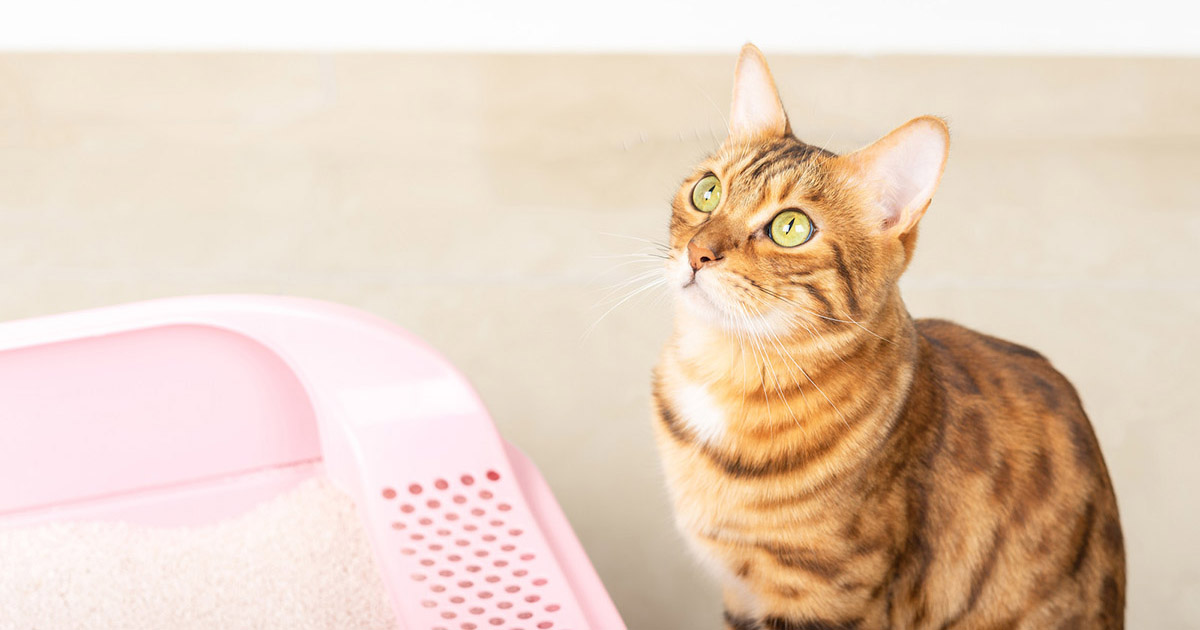Hazards of Flushing Cat Poop Down Your Toilet - Avoid Possible Issues
Hazards of Flushing Cat Poop Down Your Toilet - Avoid Possible Issues
Blog Article
Are you looking for information and facts concerning Can You Flush Cat Poo or Litter Down the Toilet??

Intro
As cat owners, it's vital to bear in mind how we get rid of our feline buddies' waste. While it may appear practical to purge cat poop down the commode, this method can have detrimental consequences for both the atmosphere and human health.
Alternatives to Flushing
The good news is, there are much safer and more liable ways to deal with pet cat poop. Consider the adhering to options:
1. Scoop and Dispose in Trash
One of the most typical method of dealing with pet cat poop is to scoop it into a biodegradable bag and throw it in the garbage. Make sure to make use of a specialized litter scoop and dispose of the waste immediately.
2. Usage Biodegradable Litter
Choose eco-friendly cat trash made from materials such as corn or wheat. These clutters are environmentally friendly and can be safely dealt with in the garbage.
3. Bury in the Yard
If you have a lawn, take into consideration burying feline waste in a marked area away from veggie yards and water sources. Be sure to dig deep sufficient to stop contamination of groundwater.
4. Install a Pet Waste Disposal System
Buy an animal garbage disposal system specifically created for pet cat waste. These systems use enzymes to break down the waste, decreasing smell and ecological impact.
Health and wellness Risks
Along with environmental concerns, purging cat waste can also present wellness threats to human beings. Cat feces may include Toxoplasma gondii, a parasite that can trigger toxoplasmosis-- a possibly extreme ailment, particularly for pregnant women and individuals with weakened immune systems.
Environmental Impact
Flushing pet cat poop introduces hazardous virus and parasites into the water, presenting a considerable threat to marine communities. These impurities can negatively affect marine life and concession water quality.
Final thought
Accountable pet ownership expands past offering food and sanctuary-- it likewise entails proper waste administration. By avoiding purging cat poop down the toilet and opting for alternate disposal methods, we can decrease our ecological footprint and protect human health and wellness.
Why Can’t I Flush Cat Poop?
It Spreads a Parasite
Cats are frequently infected with a parasite called toxoplasma gondii. The parasite causes an infection called toxoplasmosis. It is usually harmless to cats. The parasite only uses cat poop as a host for its eggs. Otherwise, the cat’s immune system usually keeps the infection at low enough levels to maintain its own health. But it does not stop the develop of eggs. These eggs are tiny and surprisingly tough. They may survive for a year before they begin to grow. But that’s the problem.
Our wastewater system is not designed to deal with toxoplasmosis eggs. Instead, most eggs will flush from your toilet into sewers and wastewater management plants. After the sewage is treated for many other harmful things in it, it is typically released into local rivers, lakes, or oceans. Here, the toxoplasmosis eggs can find new hosts, including starfish, crabs, otters, and many other wildlife. For many, this is a significant risk to their health. Toxoplasmosis can also end up infecting water sources that are important for agriculture, which means our deer, pigs, and sheep can get infected too.
Is There Risk to Humans?
There can be a risk to human life from flushing cat poop down the toilet. If you do so, the parasites from your cat’s poop can end up in shellfish, game animals, or livestock. If this meat is then served raw or undercooked, the people who eat it can get sick.
In fact, according to the CDC, 40 million people in the United States are infected with toxoplasma gondii. They get it from exposure to infected seafood, or from some kind of cat poop contamination, like drinking from a stream that is contaminated or touching anything that has come into contact with cat poop. That includes just cleaning a cat litter box.
Most people who get infected with these parasites will not develop any symptoms. However, for pregnant women or for those with compromised immune systems, the parasite can cause severe health problems.
How to Handle Cat Poop
The best way to handle cat poop is actually to clean the box more often. The eggs that the parasite sheds will not become active until one to five days after the cat poops. That means that if you clean daily, you’re much less likely to come into direct contact with infectious eggs.
That said, always dispose of cat poop in the garbage and not down the toilet. Wash your hands before and after you clean the litter box, and bring the bag of poop right outside to your garbage bins.
https://trenchlesssolutionsusa.com/why-cant-i-flush-cat-poop/

I hope you enjoyed our article on How to Dispose of Cat Poop and Litter Without Plastic Bags. Many thanks for taking time to read our piece of content. Those who enjoyed our post if you please don't forget to share it. Kudos for your time. Don't forget to check up our blog back soon.
Call Today Report this page